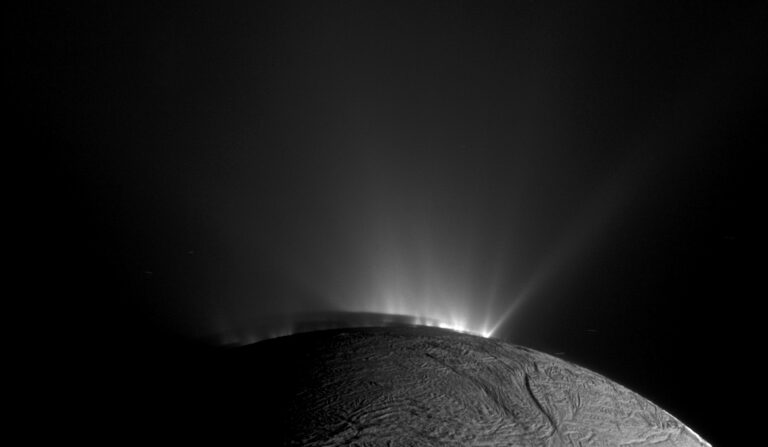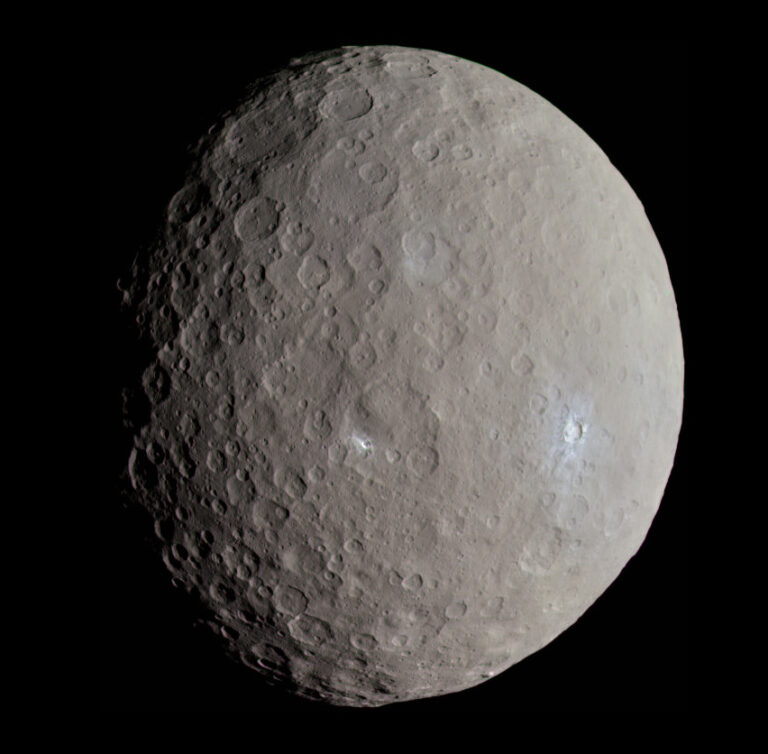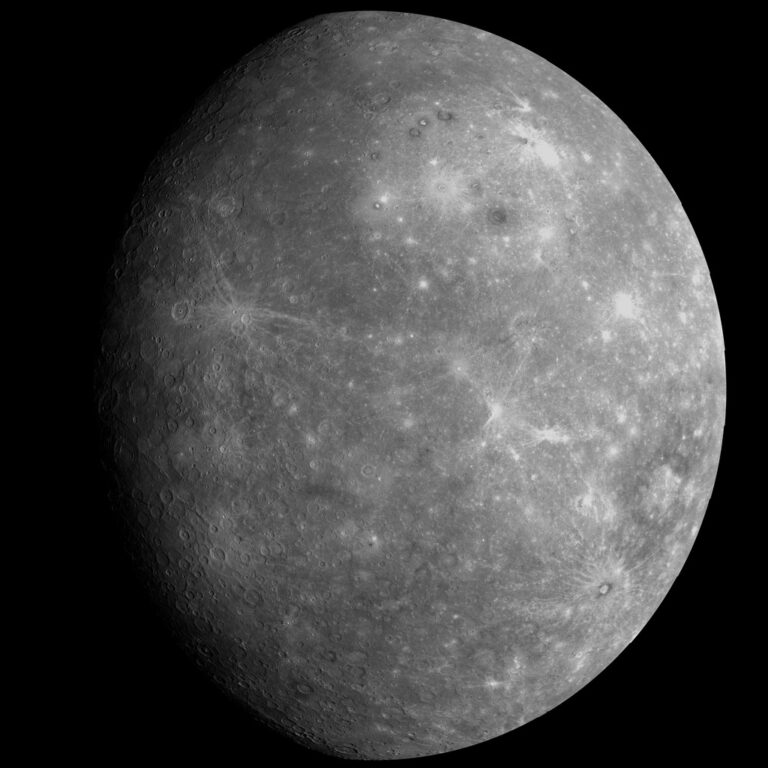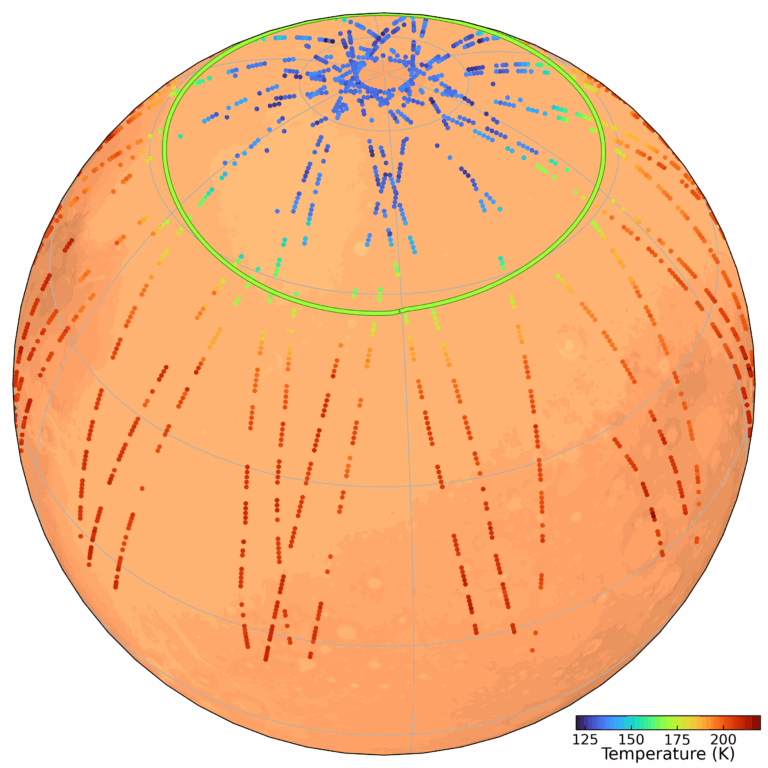Key Takeaways:
The Full Moon slides completely into Earth’s shadow twice in 2015, bringing observers two total lunar eclipses. The first happens April 4 and the second on the night of September 27/28.
The April 4 event offers a fleeting glimpse of totality. The Moon traverses the northern edge of Earth’s dark umbral shadow and remains in it for just 4 minutes and 43 seconds. That makes it the 21st century’s shortest total lunar eclipse and the quickest since October 17, 1529, when totality lasted just 1 minute and 41 seconds. For observers, this means the Moon’s northern limb will appear abnormally bright at mideclipse because it lies so close to the edge of Earth’s shadow.
Celebrate the total lunar eclipse with SLOOH‘s Saturday morning “Breakfast on the Moon” show, featuring live views from Australia, Hong Kong, and the U.S.
Across North America, the event occurs on Saturday morning shortly before the Moon sets. The timing favors observers farther to the west. People east of the Mississippi River will see only the initial partial phases during twilight. Viewers in the Great Plains and Rocky Mountains will be able to witness totality, while those on the West Coast will see the totally eclipsed Moon higher in a dark sky. The Moon resides in the constellation Virgo the Maiden during totality, 10° northwest of 1st-magnitude Spica.
The eclipse begins at 6:16 a.m. EDT (3:16 a.m. PDT) when Luna first touches the edge of Earth’s umbra. The leisurely partial phase doesn’t end until the brief moments of totality begin at 4:58 a.m. PDT. If you live where totality occurs in twilight, expect the Moon’s southern half to practically disappear from view while the bright northern limb remains obvious.
The Moon starts to exit Earth’s shadow almost immediately. As sunshine begins to flood the northern limb, it shines with a silvery light that contrasts beautifully with the orange-red glow from the rest of the still-shadowed Moon. The best views of this color difference will come through binoculars or a telescope.
Although the eclipse timing isn’t ideal for most North Americans, viewers across the Pacific Ocean and in Australia, New Zealand, and eastern Asia can see it all. And observers in the Americas only have to wait until September for front-row eclipse seats.











